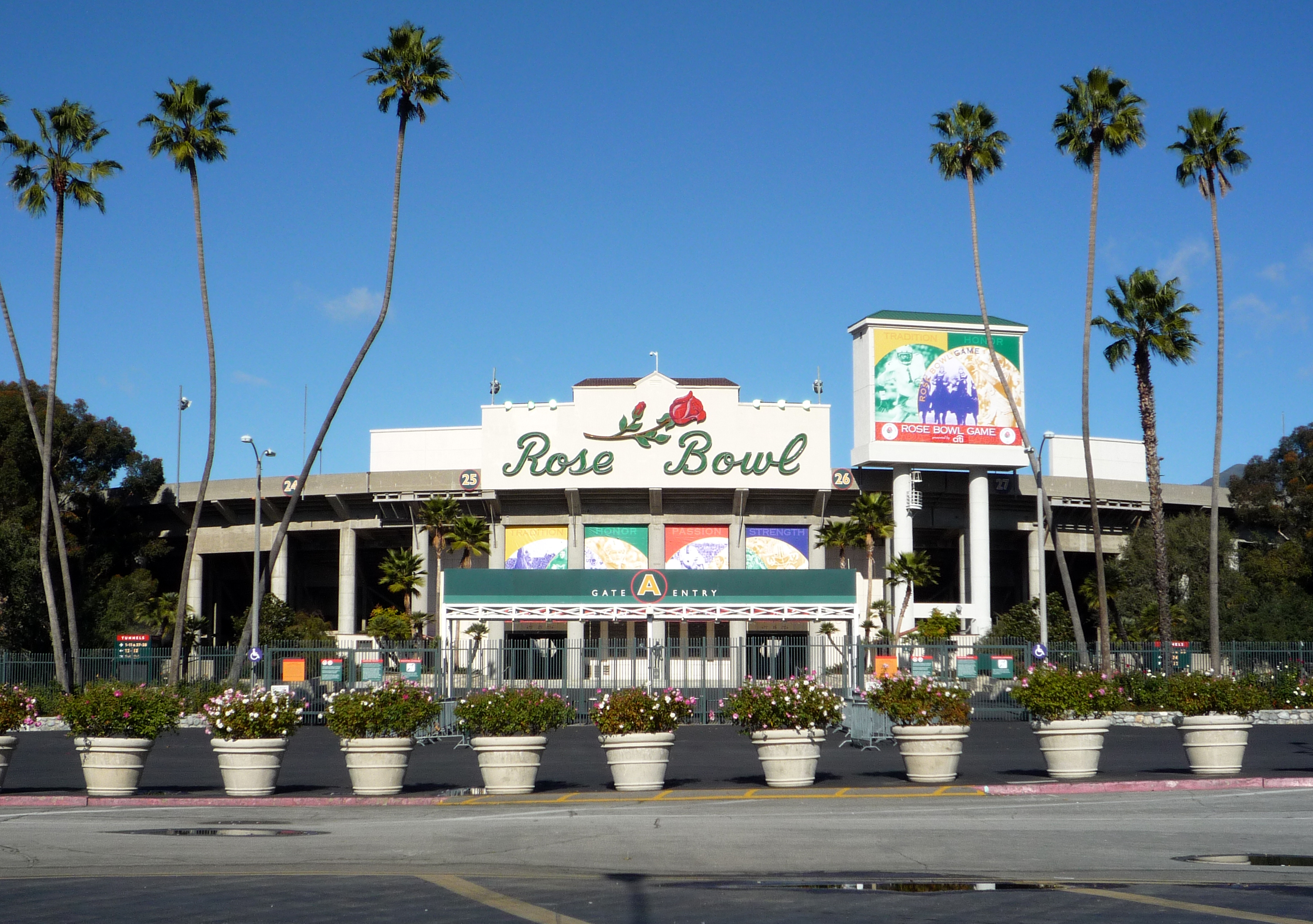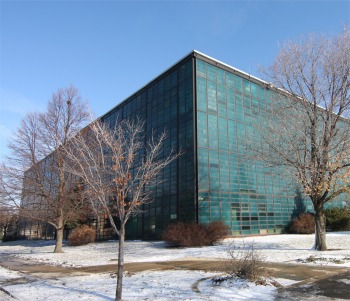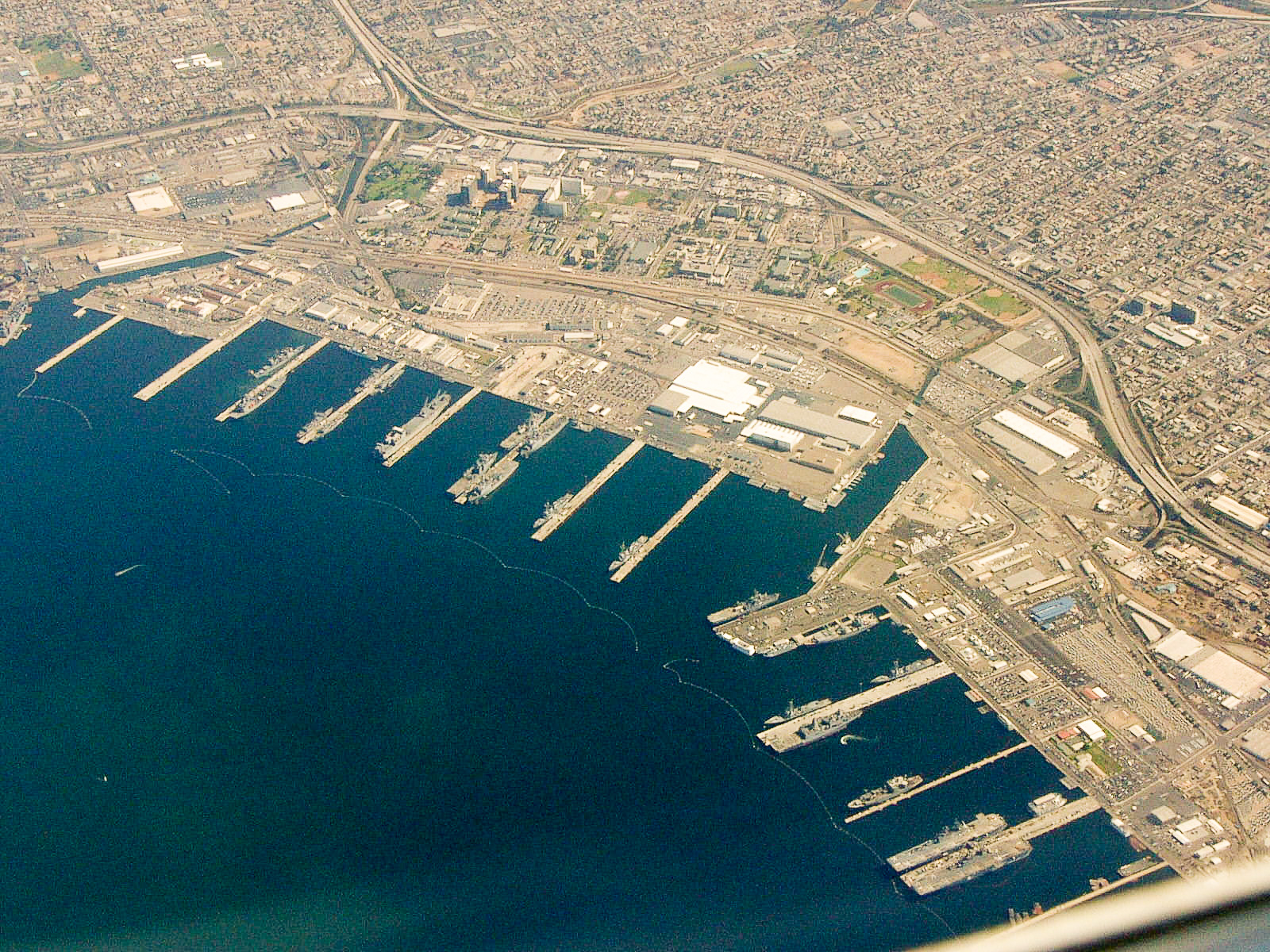|
Salad Bowl (American College Football)
The Salad Bowl was an annual post-season American college football bowl game played at Montgomery Stadium in Phoenix, Arizona, from 1947 to 1955. The bowl was sponsored by the Phoenix and Valley of the Sun Kiwanis Clubs. The bowl stopped inviting college teams in 1952; the 1953 and 1954 games were played among service teams. It was an all-star game in both January and December, 1955. Game results See also * List of college bowl games The following is a list of current, defunct, and proposed college football bowl games. Three bowl games are currently part of the College Football Playoff, a selection system that creates bowl matchups involving four of the top-ranked teams in t ... References Defunct college football bowls College football all-star games Military competitions in American football Sports in Phoenix, Arizona {{Collegefootball-bowl-stub ... [...More Info...] [...Related Items...] OR: [Wikipedia] [Google] [Baidu] |
American Football
American football (referred to simply as football in the United States and Canada), also known as gridiron, is a team sport played by two teams of eleven players on a rectangular field with goalposts at each end. The offense, the team with possession of the oval-shaped football, attempts to advance down the field by running with the ball or passing it, while the defense, the team without possession of the ball, aims to stop the offense's advance and to take control of the ball for themselves. The offense must advance at least ten yards in four downs or plays; if they fail, they turn over the football to the defense, but if they succeed, they are given a new set of four downs to continue the drive. Points are scored primarily by advancing the ball into the opposing team's end zone for a touchdown or kicking the ball through the opponent's goalposts for a field goal. The team with the most points at the end of a game wins. American football evolved in the United States, ... [...More Info...] [...Related Items...] OR: [Wikipedia] [Google] [Baidu] |
1950 Arizona State Sun Devils Football Team
{{Collegefootball-1950s-season-stub ...
The 1950 Arizona State Sun Devils football team was an American football team that represented Arizona State College (later renamed Arizona State University) in the Border Conference during the 1950 college football season. In their fourth season under head coach Ed Doherty, the Sun Devils compiled a 9–1 record (4–1 against Border opponents), lost to Miami (OH) in the Salad Bowl, and outscored their opponents by a combined total of 404 to 154. Schedule References Arizona State Arizona State Sun Devils football seasons Arizona State Sun Devils football The Arizona State Sun Devils football team represents Arizona State University in the sport of American football. The Sun Devils team competes in the Football Bowl Subdivision (FBS) of the National Collegiate Athletic Association (NCAA) and the ... [...More Info...] [...Related Items...] OR: [Wikipedia] [Google] [Baidu] |
College Football All-star Games
A college (Latin: ''collegium'') is an educational institution or a constituent part of one. A college may be a degree-awarding tertiary educational institution, a part of a collegiate or federal university, an institution offering vocational education, or a secondary school. In most of the world, a college may be a high school or secondary school, a college of further education, a training institution that awards trade qualifications, a higher-education provider that does not have university status (often without its own degree-awarding powers), or a constituent part of a university. In the United States, a college may offer undergraduate programs – either as an independent institution or as the undergraduate program of a university – or it may be a residential college of a university or a community college, referring to (primarily public) higher education institutions that aim to provide affordable and accessible education, usually limited to two-year ... [...More Info...] [...Related Items...] OR: [Wikipedia] [Google] [Baidu] |
Defunct College Football Bowls
{{Disambiguation ...
Defunct (no longer in use or active) may refer to: * ''Defunct'' (video game), 2014 * Zombie process or defunct process, in Unix-like operating systems See also * * :Former entities * End-of-life product * Obsolescence Obsolescence is the state of being which occurs when an object, service, or practice is no longer maintained or required even though it may still be in good working order. It usually happens when something that is more efficient or less risky r ... [...More Info...] [...Related Items...] OR: [Wikipedia] [Google] [Baidu] |
Salad Bowl (game)
The Salad Bowl was an annual post-season American college football bowl game played at Montgomery Stadium in Phoenix, Arizona, from 1947 to 1955. The bowl was sponsored by the Phoenix and Valley of the Sun Kiwanis Clubs. The bowl stopped inviting college teams in 1952; the 1953 and 1954 games were played among service teams. It was an all-star game in both January and December, 1955. Game results See also * List of college bowl games The following is a list of current, defunct, and proposed college football bowl games. Three bowl games are currently part of the College Football Playoff, a selection system that creates bowl matchups involving four of the top-ranked teams in t ... References Defunct college football bowls College football all-star games Military competitions in American football Sports in Phoenix, Arizona {{Collegefootball-bowl-stub ... [...More Info...] [...Related Items...] OR: [Wikipedia] [Google] [Baidu] |
List Of College Bowl Games
The following is a list of current, defunct, and proposed college football bowl games. Three bowl games are currently part of the College Football Playoff, a selection system that creates bowl matchups involving four of the top-ranked teams in the NCAA Division I Football Bowl Subdivision (FBS). There are also a number of other college football postseason invitationals, as well as several all-star games. For nearly a century, bowl games were the purview of only the very best teams, but a steady proliferation of new bowl games required more teams, with 70 participating teams by the 2010–11 bowl season, then 80 participating teams by the 2015–16 bowl season. As a result, the NCAA has steadily reduced the criteria for bowl eligibility. Teams with a non-winning record (6–6) were allowed starting in 2010. Requirements were further reduced to allow teams with outright losing records (5–7) to be invited since 2012, with the team with the best Academic Progress Rate score ( ... [...More Info...] [...Related Items...] OR: [Wikipedia] [Google] [Baidu] |
Border Conference
The Border Conference, officially known as the Border Intercollegiate Athletic Association, was an National Collegiate Athletic Association, NCAA-affiliated college athletic conference founded in 1931 that disbanded following the 1961–62 season. Centered in the southwestern United States, the conference included nine member institutions located in the states of Arizona, New Mexico, and Texas. History Chronological timeline * 1931 - The Border Conference (also known as the Border Intercollegiate Athletic Association) was founded. Charter members included the University of Arizona, Northern Arizona University, Arizona State Teachers College at Flagstaff (now Northern Arizona University), Arizona State University, Arizona State Teachers College at Tempe (now Arizona State University), the University of New Mexico and New Mexico State University, New Mexico College of Agriculture and Mechanical Arts (now New Mexico State University), effective beginning the 1931-32 academic year. * 1 ... [...More Info...] [...Related Items...] OR: [Wikipedia] [Google] [Baidu] |
Mountain States Conference
A mountain is an elevated portion of the Earth's crust, generally with steep sides that show significant exposed bedrock. Although definitions vary, a mountain may differ from a plateau in having a limited summit area, and is usually higher than a hill, typically rising at least 300 metres (1,000 feet) above the surrounding land. A few mountains are isolated summits, but most occur in mountain ranges. Mountains are formed through tectonic forces, erosion, or volcanism, which act on time scales of up to tens of millions of years. Once mountain building ceases, mountains are slowly leveled through the action of weathering, through slumping and other forms of mass wasting, as well as through erosion by rivers and glaciers. High elevations on mountains produce colder climates than at sea level at similar latitude. These colder climates strongly affect the ecosystems of mountains: different elevations have different plants and animals. Because of the less hospitable terrain ... [...More Info...] [...Related Items...] OR: [Wikipedia] [Google] [Baidu] |
Great Lakes Naval Training Station
Naval Station Great Lakes (NAVSTA Great Lakes) is the home of the United States Navy's only boot camp, located near North Chicago, in Lake County, Illinois. Important tenant commands include the Recruit Training Command, Training Support Center and Navy Recruiting District Chicago. Naval Station Great Lakes is the largest military installation in Illinois and the largest training station in the Navy. The base has 1,153 buildings situated on and has of roadway to provide access to the base's facilities. Within the naval service, it has several different nicknames, including "The Quarterdeck of the Navy", or the more derogatory "Great Mistakes". It is also referred to as "second boot camp" while at Training Support Command. The original 39 buildings built between 1905 and 1911 were designed by Jarvis Hunt. The base functions similarly to a small city, with its own fire department, Naval Security Forces (Police), and public works department. One of the landmarks of the area is ... [...More Info...] [...Related Items...] OR: [Wikipedia] [Google] [Baidu] |
Fort Ord
Fort Ord is a former United States Army post on Monterey Bay of the Pacific Ocean coast in California, which closed in 1994 due to Base Realignment and Closure (BRAC) action. Most of the fort's land now makes up the Fort Ord National Monument, managed by the United States Bureau of Land Management as part of the National Conservation Lands, while a small portion remains an active military installation under Army control designated as the Ord Military Community. Before construction and official designation as a fort in 1940, the land was used as a maneuver area and field-artillery target range during 1917. Fort Ord was considered one of the most attractive locations of any U.S. Army post, because of its proximity to the beach and California weather. The 7th Infantry Division was its main garrison for many years. When Fort Ord was converted to civilian use, space was set aside for the first nature reserve in the United States created for conservation of an insect, the endangered S ... [...More Info...] [...Related Items...] OR: [Wikipedia] [Google] [Baidu] |
Camp Breckinridge
Morganfield is a home rule-class city in Union County, Kentucky, in the United States. It is the seat of its county. The population was 3,285 as of the year 2010 U.S. census. Name The city was named for Revolutionary War General Daniel Morgan, who was awarded a land grant for his military service. Morganfield later developed on this land. Geography Morganfield is located at . According to the United States Census Bureau, the city has a total area of 2.1 square miles (5.5 km2), of which 2.1 square miles (5.4 km2) is land and 0.04 square mile (0.1 km2) (1.42%) is water. Demographics As of the census of 2000, there were 3,494 people, 1,434 households, and 926 families residing in the city. The population density was . There were 1,581 housing units at an average density of . The racial makeup of the city was 82.34% White, 16.23% African American, 0.03% Native American, 0.17% Asian, 0.17% from other races, and 1.06% from two or more races. Hispani ... [...More Info...] [...Related Items...] OR: [Wikipedia] [Google] [Baidu] |
San Diego Naval Station
Naval Base San Diego, also known as 32nd Street Naval Station, is the second largest surface ship base of the United States Navy and is located in San Diego, California. Naval Base San Diego is the principal homeport of the Pacific Fleet, consisting of over 50 ships and over 150 tenant commands. The base is composed of 13 piers stretched over of land and of water. The total on base population is over 24,000 military personnel and over 10,000 civilians. History The of land on which the Naval Base sits today was occupied in 1918 by a coalition of concrete ship building firms known as the Emergency Fleet Corporation, under the single company name Pacific Marine Construction. But Pacific Marine began to lose profits with the conclusion of World War I, and negotiated a return of the land back to the City of San Diego. Meanwhile, the Navy was exploring the small tract of land to establish a west coast ship repair facility and moved on the opportunity to acquire the land. By 1920, ... [...More Info...] [...Related Items...] OR: [Wikipedia] [Google] [Baidu] |






